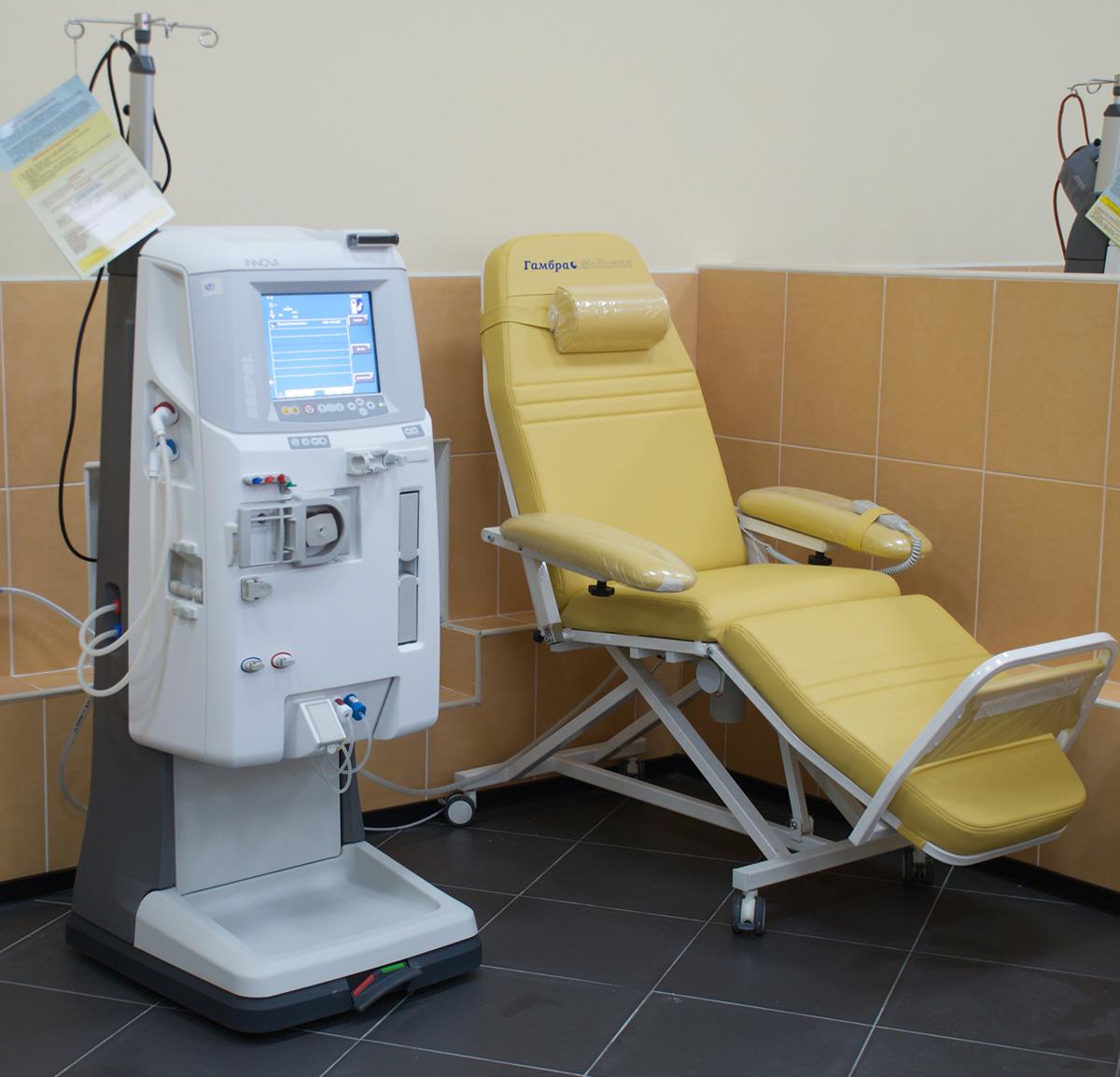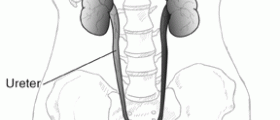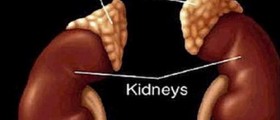
Kidney failure can be defined as rapid (acute) or gradual (chronic) loss of kidney function. Even though we have two kidneys sometimes both of them shut down and stop performing their function. No matter what the underlying cause of such malfunction is, the affected individuals are supposed to undergo dialysis which depending on the damage to their kidneys is only a temporary solution or is a treatment option applied until the organ for transplantation is obtained.
What is Hemodyalisis?
Hemodialysis is a procedure that eliminates waste products from the body by filtrating blood removed from the patient’s body. Once all the harmful substances such as creatinine and urea are removed from the extracted blood, the blood is returned to the patient’s circulation. Hemodialysis is together with peritoneal dialysis highly efficient renal replacement therapy.
The treatment is either outpatient or inpatient. As for routine hemodialysis, it is performed as an outpatient procedure mostly taking place in a purpose built room. In rare instances hemodyalisis is done at home. Because of the procedure's specificity and potential complications there is a number of people specialized in hemodialysis participating in the entire process of preparation and patient monitoring. Only if a family member is trained and suitable enough to help the patient, hemodialysis might be performed at home.
As far as types of hemodyalisis are concerned, the procedure is classified as conventional hemosialysis, daily and nocturnal hemodialysis.
Conventional hemodialysis is in the majority of patients, if not all of them, performed 3 times per week. It lasts for approximately 3-4 hours. The procedure includes the removal of determined amount of patient’s blood. The speed of the blood removal is 200-400mL/min. The blood is drawn from the fistula, an artificial connection between a vein and artery, located on the forearm, inserted catheter or a graft. The blood is processed by the dialyzer and then returned to the patient’s circulation by another tube. It is of utmost importance to monitor patient’s blood pressure. Rapid removal of the blood may easily progress into hypotesion which is corrected with extra fluid administered through the machine.
The second type, daily dialysis is performed at home. It allows patients to feel much better because they actually undergo dialysis in their house but it is a bit more demanding compared to the procedure in medical facilities. Namely, the procedure is not so complex if the patients have catheters implanted and is much more demanding if the blood is drawn from the fistula or grafts. These patients undergo dialysis 6 times per week and the entire procedure lasts 2 hours.
And finally, we have nocturnal hemodialysis. As the very name suggests hemodialysis of this type takes place at night, when patients are asleep, is performed 3-6 nights per week and lasts 6-10 hours. The approach is basically the same compared to conventional hemodialysis.
Advantages of Hemodialysis
The procedure itself is life-saving. Without hemodialysis the waste products would accumulate in the blood and trigger damage to various organs and organ systems within short period of time.
The mortality rate of patients suffering from kidney failure who undergo hemodialysis on a regular basis is low. Thanks to medical advancement the procedure is improved so today we have better control of blood pressure and abdominal cramps, both of which used to be potentially serious complications of the procedure. What is more, today the technique allows patients to avoid less diet restriction. All in all, the procedure is better-tolerated and there are fewer complications than before.
On the other hand, there are several shortcomings of the procedure. For example, the patients are restricted to the area they are living in because of supplies’ availability. When performed at home, the procedure require more supplies, higher quality of the water and more electricity. The technology per se is modern and the machines used are expensive, especially if they break down. The complexity of the procedure is also one more disadvantage since there must always be someone who will take care of the patients and participate in the process. In the end, there is a permanent need for maintaining the machines impeccably clean, this way preventing infections and other potential complications.
As for complications associated with hemodialysis they usually develop as a result of excess fluid removal. Namely, if too much fluid is removed or the removal is rapid, patients easily develop hypotension and start to experience fatigue, chest pain, leg cramps and headache.
Additionally, the manipulation with the fistula, or graft and catheters carries the risk of infections. While manipulating with all the mentioned one needs to act properly and prevent any contamination of the used items. This way introduction of microorganism into the patient’s body which might result in sepsis, endocarditis, osteomyelaitis etc. can be easily prevented.
Hemodialysis requires anticoagulants which prevent formation of blood clots. Heparin is mostly used in this purpose. However, some patients may become allergic to heparin or the drug itself may precipitate a drop in the number of platelets and trigger bleeding. Heparin can be replaced with other anticoagulants while patients who are at risk from bleeding may not be administered any anticoagulant at all.
One of the most severe complications is first use syndrome. This is actually an anaphylactic reaction to the machine. The number of patients experiencing this complications has significantly dropped even since sterilization started being carried out with the assistance of gamma irradiation, steam sterilization or electron-beam sterilization instead of regular sterilization achieved by chemical sterilizants.
In the end, there are long-term complications such as neuropathy, amyloidosis and heart conditions.

















Your thoughts on this
Loading...